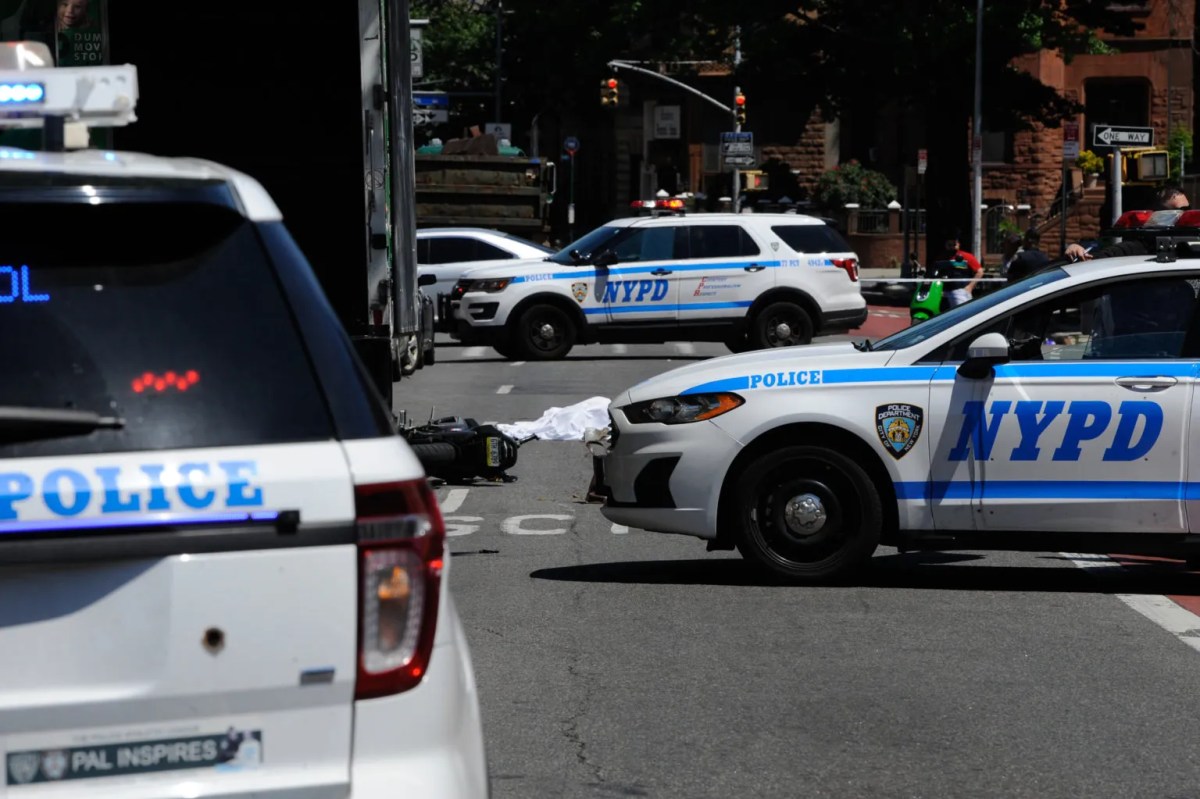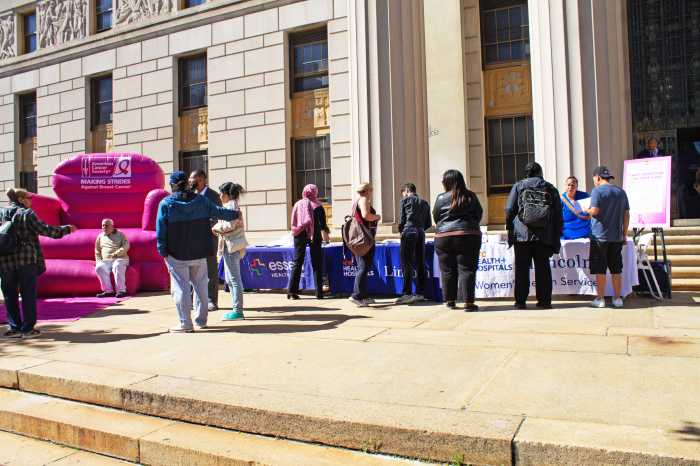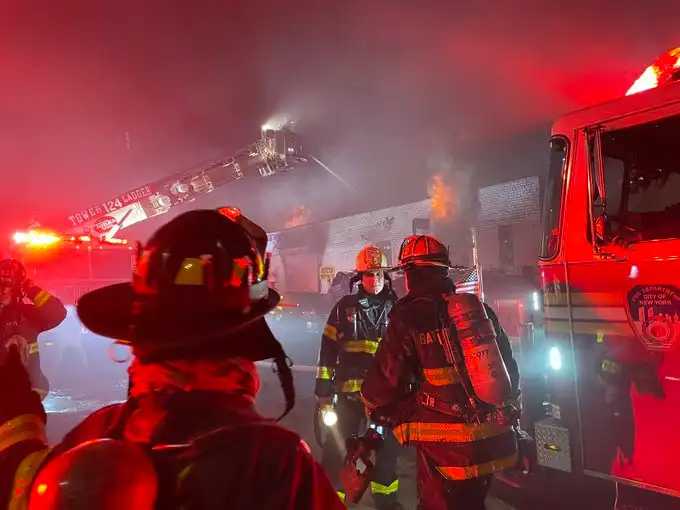The city is ramping up efforts to track and quantify the city’s tick population.
The health department on Monday rolled out an expansion of its tick surveillance programs, and said it has increased the number of data-collection sites from seven to 21.
Last year, there were 946 confirmed cases of Lyme disease in the city, which was five more than in 2015. Health Commissioner Mary Bassett said the increase in data could help protect New Yorkers from the illness.
“While most tick-borne diseases are acquired outside of the city, we have seen an increase in the number of Lyme disease cases throughout the five boroughs,” she said.
Last year’s Lyme disease diagnoses were most prevalent in Brooklyn and Manhattan, which both had 322 reported cases. Queens was next with 128 cases, followed by 123 cases in Staten Island and 51 cases in the Bronx, according to the health department.
Bassett sent a health alert regarding disease prevention to doctors and other medical professionals to pass on to their patients. The agency encourages people to be vigilant of ticks when they visit wooded or grassy areas and to wear repellent with DEET.


































